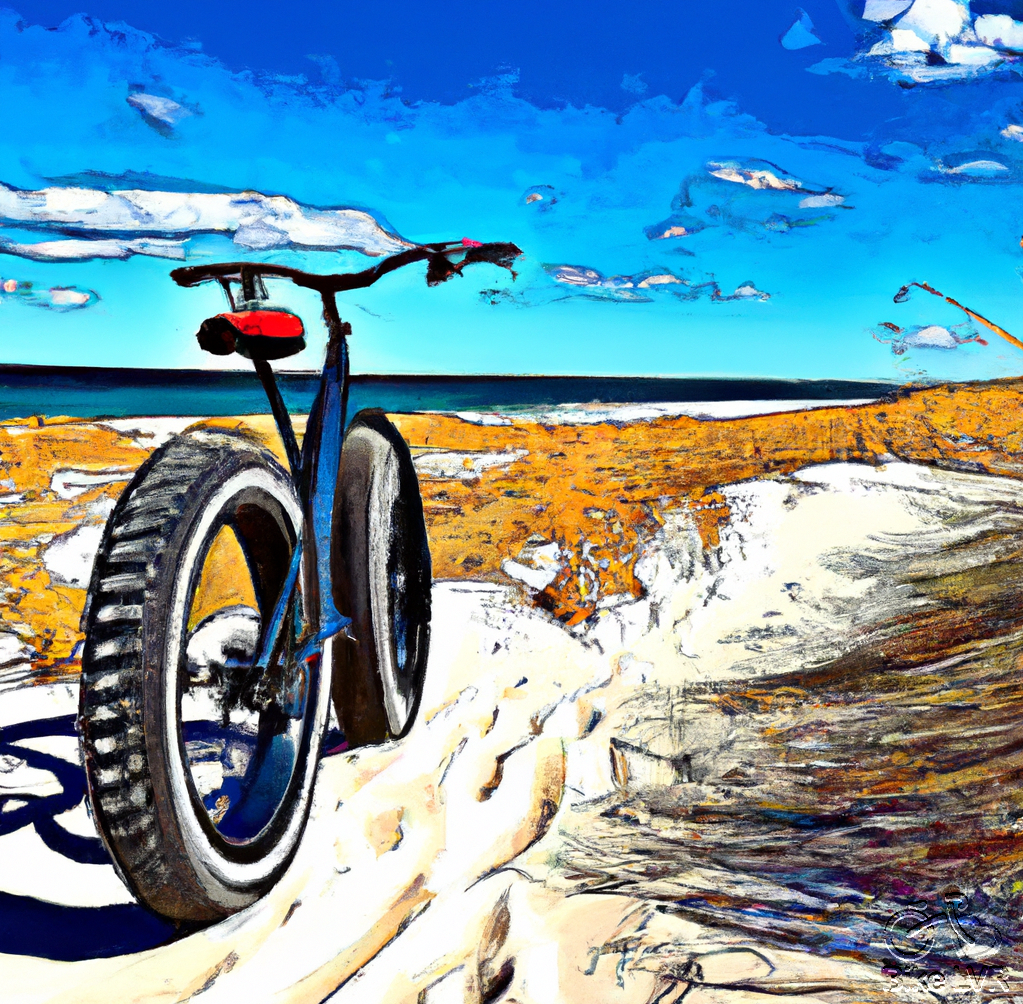
Evaluating the Condition of Your Bike Chain
When confronted with a rusty bike chain, the first step is to assess its condition. Is it just a few spots of rust, or has rust invaded your entire chain? For minor rust spots, cleaning is the recommended course. However, it may be time to consider a replacement if the chain is significantly rusted.
Table of Contents
Choosing a replacement chain requires a keen eye for compatibility. Ensure that the chain you select aligns with the number of gears on your rear cassette. If, for instance, your cassette has 7 gears, you should opt for a 7-speed chain.
Step 1: Cleaning Your Chain with a Potent Degreaser
Cleaning your chain is an essential initial step. We suggest using a quality degreaser, like the Muc-Off Drivetrain Cleaner or Pedro’s Pig Juice Cleaner.
If your chain isn’t heavily rusted, you can conveniently clean it while it remains on the bike. To do so, apply the degreaser to a damp cloth and meticulously wipe down your chain.
However, if your chain requires substantial cleaning, you should remove it for a thorough degreasing. Detaching the chain involves locating the master link – a distinctive link that differs slightly from the others. With this master link, you can easily slide out the pin and take the chain off.
With the chain detached, let it soak in a degreaser solution for about 20 minutes, then rinse it thoroughly with warm water.
Step 2: Scrubbing Off Persistent Rust with Steel Wool and Lime Juice
Should any rust spots remain on your chain after degreasing, the next step involves a bit more elbow grease. Applying lime juice to a steel wool pad and scrubbing each rust spot individually will gradually dissolve the rust. Lime juice contains citric acid, which is highly effective at rust removal.
- Wear latex gloves! Steel wool can tear up your hands, and so can lime juice.
- Soak your steel wool with the juice.
- Scrub the rusted areas of your chain.
- As your wool becomes clogged with rust, throw it away and use a new piece
- Scrub the chain for several minutes before wiping it with a clean rag
- Repeat the process if you have more rust left
- Use a basin with dish soap and water to clean all traces of lime juice and steel wool from the chain
Step 3: Rinse and Dry Your Chain Thoroughly
Once you’ve eliminated the rust, you should rinse your chain to remove any residual lime juice or rust particles. Warm water mixed with a small amount of dish soap is ideal for this step. After rinsing, ensure you dry the chain meticulously to prevent further rust formation.
Step 4: Lubricate Your Chain to Ensure Smooth Operation
The final step involves lubricating your chain, which should be done once the chain is reattached to your bike. A well-lubricated chain ensures efficient performance and longevity. We recommend chain lubes like Rock N Roll, Tri-Flow for the best results. After applying the lube, remember to wipe off any excess to avoid attracting dirt.
WD-40 or not? 👀
We’re huge fans of WD-40 Multi-Use as our go-to EASY lubricant for smooth rides, thanks to its ability to stave off rust and corrosion. Not only does it expertly displace moisture, but it can work wonders on almost anything. Plus, its handy straw attachment makes reaching tough spots a breeze.
By using chain lube as well, you can keep your bike chain free from rust and damage, ensuring smooth sailing ahead.

When To Replace a Bike Chain? 🚲
Your bicycle chain is made up of several smaller pieces, including the pin, inner plates, outer plates, bushing, and roller. The links in your chain join each other, alternating inner and outer plates. When you ride, you wear the chain down. This type of chain wear is known as chain stretch. This is because the spacing between pins or chain pitch grows.
If your chain wears out, you may be unable to shift efficiently. The chain becomes weaker and may eventually snap. To measure chain wear, you should use a chain-checking tool. Your chain should measure 12 inches across 12 links. You need to replace the chain if you have anything beyond 12 1/16 inches. You need to replace the cassette once you wear the chain beyond 12 1/8 inches.
If your bike has severe rust, it may also be worn out. Sometimes, it costs less to replace the chain than to spend the time and effort to clean it. However, with a high-end chain and cassette, you should do your best to preserve the chain if the rust isn’t accompanied by severe wear and tear.
If you do have to replace the chain, you need one made for your drivetrain. Look at the rear cassette and count the rings. If you have seven gears, for example, you need a seven-speed chain.
When To Lube a Bike Chain? 👨🔧
No one wants to clean their bike chain of rust regularly. To stay rust-free, lubricate the chain monthly. Rust happens because of exposure to moisture, mud, and salt. If you want to keep your ride smooth, wipe down your chain after every long ride. Once wiped down, re-lubricate it. This is especially important if it rained or you rode through the mud.
You can keep your bike inside as often as possible. The best place for your bike is in the garage or bike shed. Even if you bike to work, you can try to find an inside area to keep it. When your bike stays outside, like here on the seacoast, it can be a weekly chore.
To lube your chain, keep the bike balanced upside down. You can apply the lube of your choice while rotating the pedals backward. The chain should do a full rotation before you’re finished. You can use a rag to wipe away any excess.

FAQ’s About Rusty Bike Chains:
1. What Causes a Bike Chain to Rust?
Rust formation on a bike chain usually results from exposure to moisture, salt, and mud. Whether it’s from rain, road salt during winter, or muddy trails, these elements can corrode your bike chain over time. Neglecting to clean and lubricate your chain regularly can also contribute to the problem.
2. Can a Rusty Bike Chain be Saved?
Yes, in most cases, a rusty bike chain can indeed be saved! If the rust is minor, a thorough cleaning with a good-quality degreaser, followed by scrubbing with steel wool and lime juice, can effectively restore your chain. However, if the rust is extensive, it might be more practical to replace the chain altogether.
3. How Often Should I Clean My Bike Chain?
For optimal performance and longevity of your bike chain, we recommend cleaning it after every long ride, especially if you’ve been riding in challenging conditions such as rain or mud. Regular riders should aim for a thorough cleaning every few weeks. Those who ride less frequently should clean their chain every one to two months.
4. What Can I Use to Lubricate My Bike Chain?
There are various types of bike chain lubes available in the market. Some popular options include Rock N Roll and Tri-Flow. Choosing the right lube depends on your riding conditions – wet lubes are ideal for wet and muddy conditions, while dry lubes are best for dry and dusty environments.
5. Is There a Rust-Proof Bike Chain?
While no bike chain is entirely rust-proof, some chains have coatings or treatments that make them more resistant to rust. Stainless steel chains and chains with a zinc or nickel plating offer greater rust resistance. If rust is a significant concern, you might want to consider a bike with a belt drive system, which doesn’t rust and requires less maintenance.
